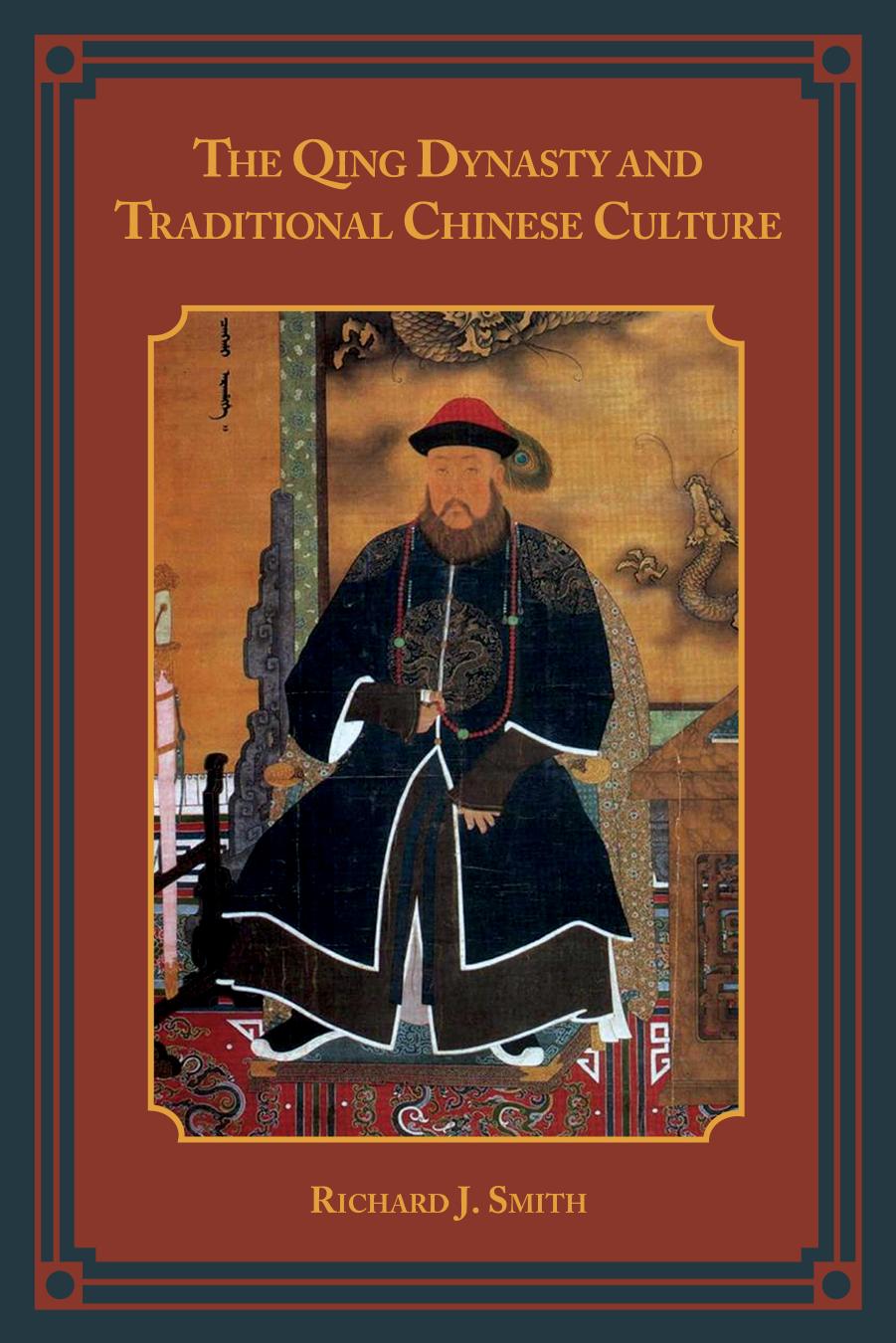The Qing Dynasty and Traditional Chinese Culture by Richard J. Smith

Author:Richard J. Smith
Language: eng
Format: epub, pdf
ISBN: 9781442221949
Publisher: Rowman & Littlefield Publishers
Chinese gardens thus had a kind of endless, rhythmic quality. Wing-tsit Chan writes, “Almost every part [of the traditional Chinese garden] is rhythmic in expression. The winding walks, the round gate, the zigzag paths, the melody-like walls, the rockeries which are frozen music in themselves, and flowers and trees and birds are all echoes and counterpoints of rhythm.” Significantly, this rhythmic quality—and often a sense of endlessness as well—can be found not only in landscape gardens, but also in the structure of Chinese poetry and narrative prose (see chapter 9), the flow of melody in music, the movement and sound of Chinese drama, the curved roof and other architectural elements in Chinese buildings, and, of course, in the composition of landscape paintings.38
The decorative symbolism of Chinese gardens followed convention. The design of gates and doorways, for example, reflected the perfection of the circle or the shape of a jar—the latter a pun on the word “peace” (ping). Window grilles and other woodwork often carried stylized Chinese characters for “blessings” (fu), “emoluments” (lu), and “long life” (shou), as well as designs echoing ancient bronze motifs such as the “thunder pattern” and “whorl circle.” Common animal symbols included the dragon, phoenix, deer, crane, and bat. Confucian symbolism was most evident in the books contained in garden buildings and often in the names given to specific pleasure spots. Religious symbolism was comparatively muted. Buddhist or Religious Daoist statues were rare, and there was no Chinese “garden god.” Fengshui considerations obviously affected the design of Chinese gardens, but there was an aesthetic “logic” to this geomantic system that gave it significance beyond religion.39
In short, the major symbolism of the landscape garden was in its natural elements and in their arrangement. Rocks were chosen primarily for their fantastic shapes (those from Lake Tai, near Suzhou, were especially admired), while flowers, shrubs, and trees reflected the basic plant symbolism noted in the previous section. Among the most common floral elements in the landscape garden were the peony, orchid, magnolia, lotus, chrysanthemum, and gardenia. Bamboo was, of course, extremely popular, as were trees such as the willow, pine, peach, plum, and pomegranate. Most plants were identified with specific seasons and arranged with these identifications in mind.
A sharp distinction existed between the “naturalism” of the landscape garden and the rigid functionalism of the house to which it was connected. As the garden mirrored nature, the house mirrored society. Maggie Keswick writes, “In domestic architecture the orderly succession of rooms and courtyards that make up a Chinese house have often been seen as an expression of the Chinese ideal of harmonious social relationships: formal, decorous, regular and clearly defined.”40 This rigid symmetry—and, one might add, that of other Chinese architectural structures from temples to the imperial palace itself—stood in sharp contrast to the irregularity of the landscape garden.
But despite the structural distinction between house and garden in traditional China, the two were integrally related, for the structure of the former would have been considered intolerable without the latter, and the latter would have been deemed superfluous without the former.
Download
The Qing Dynasty and Traditional Chinese Culture by Richard J. Smith.pdf
This site does not store any files on its server. We only index and link to content provided by other sites. Please contact the content providers to delete copyright contents if any and email us, we'll remove relevant links or contents immediately.
| Anthropology | Archaeology |
| Philosophy | Politics & Government |
| Social Sciences | Sociology |
| Women's Studies |
Cecilia; Or, Memoirs of an Heiress — Volume 1 by Fanny Burney(32078)
Cecilia; Or, Memoirs of an Heiress — Volume 3 by Fanny Burney(31470)
Cecilia; Or, Memoirs of an Heiress — Volume 2 by Fanny Burney(31420)
The Great Music City by Andrea Baker(30797)
We're Going to Need More Wine by Gabrielle Union(18646)
All the Missing Girls by Megan Miranda(14798)
Pimp by Iceberg Slim(13803)
Bombshells: Glamour Girls of a Lifetime by Sullivan Steve(13701)
Fifty Shades Freed by E L James(12927)
Talking to Strangers by Malcolm Gladwell(12891)
Norse Mythology by Gaiman Neil(12863)
For the Love of Europe by Rick Steves(11567)
Crazy Rich Asians by Kevin Kwan(8902)
Mindhunter: Inside the FBI's Elite Serial Crime Unit by John E. Douglas & Mark Olshaker(8725)
The Lost Art of Listening by Michael P. Nichols(7170)
Enlightenment Now: The Case for Reason, Science, Humanism, and Progress by Steven Pinker(6881)
The Four Agreements by Don Miguel Ruiz(6328)
Bad Blood by John Carreyrou(6286)
Weapons of Math Destruction by Cathy O'Neil(5853)
